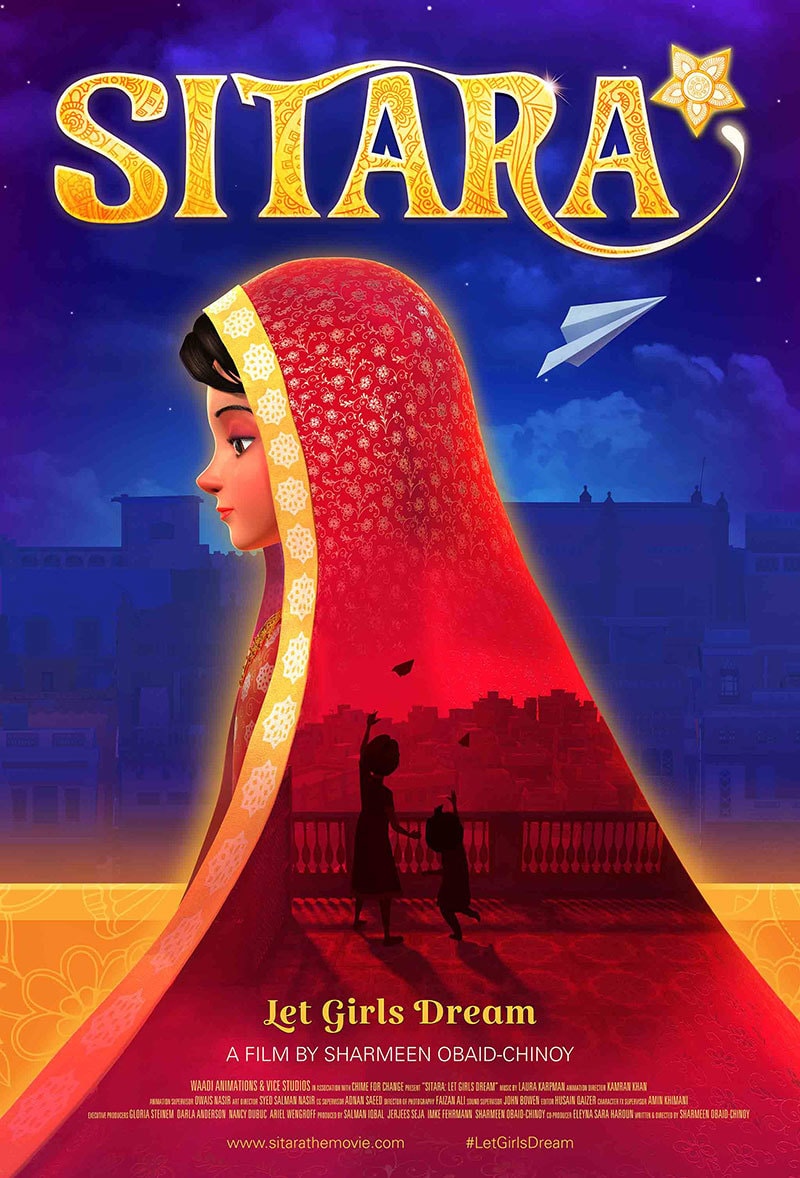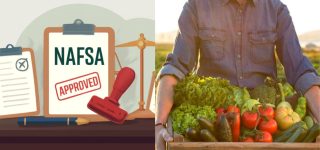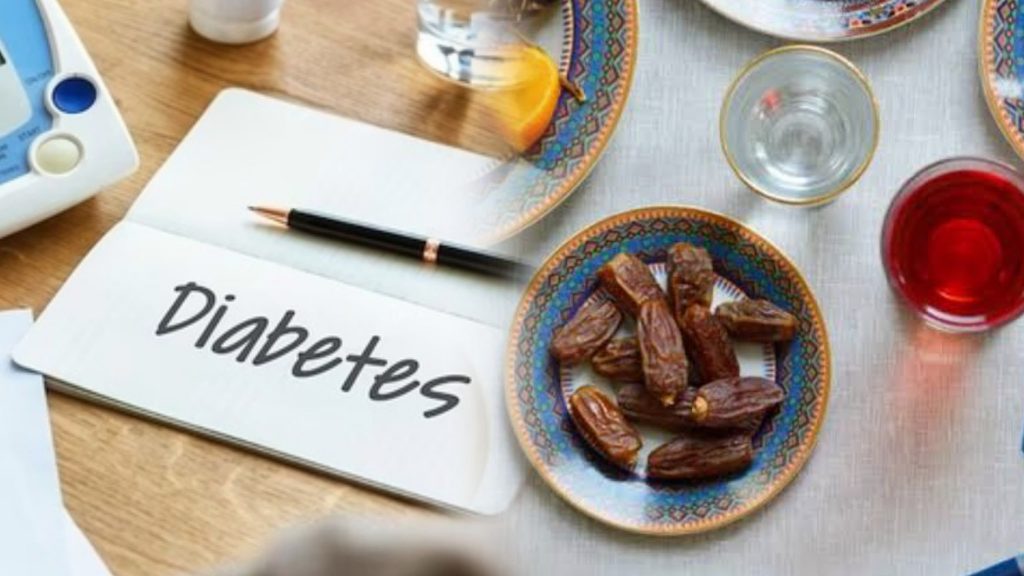Disclaimer*: The articles shared under 'Your Voice' section are sent to us by contributors and we neither confirm nor deny the authenticity of any facts stated below. Parhlo will not be liable for any false, inaccurate, inappropriate or incomplete information presented on the website. Read our disclaimer.
This article was originally submitted by Janita Khan
In Pakistan, child marriage is typically framed as traditional and custom practices. As indicated by the report of UNICEF, about 21% of girls are married in Pakistan before the age of 18 and up to 3% of girls are married before they attain the age of 15.
Girls are viewed as a social, moral, and actual responsibility of the parents or guardians. Parents or guardians want their child to marry off as soon as they touch puberty. They married their daughters off before their 18 and they don’t look at the age of the men with whom their daughter is being married.
Girls are being married instead of getting an education at a young age.

Marriage is considered as a well-regarded social and religious practice in the community. In Islam, marriage is a legal contract between a woman and a man. The Quran refers to marriage to “mithaq”. Partners should be mature enough to understand the concept of marriage. How a child can be required to go into a long-lasting agreement when he or she is not expected to get a driving license or a chance to vote before the age of 18?
Marriage is a lifetime contract and a child who doesn’t comprehend what an agreement is can’t be relied upon to pick her or his life partner and dependent on this reality child marriage can’t be Islamic by any means. My maid’s daughter whose age was about 15 was married off with a man who was older than her. Doesn’t she have a right to decide with whom she wants to get married and when? We need to stop this!
In 2017, as a collaboration with UN Women Pakistan, a famous fashion designer Ali Xeeshan tried to highlight the dismal truth of child marriages in the country. The young girl arose wearing a school uniform decorated with bridal motifs on the ramp. It represented that a child is deprived of her entitlement to education, and is instead married at a young age.

Recently, an animated short film “Sitara: Let Girls Dream” was released by Sharmeen Obaid Chinoy is a partnership with Netflix.
It is the first-ever Netflix original content from Pakistan. It highlighted the forced child marriages in the country. The story is about Pari, a 14-year-old young girl, who dreams to become a pilot. Her dad, however, arranges her marriage with a man who is older than her. And she is obliged to do that. After marrying off his daughter he realizes his mistake. During the closure credits, they showed the dad empowering and encouraging his younger daughter who at the end winds up turning into a pilot.
In Pakistan, early marriages both of young boys and particularly girls will, in general, open them to a far more serious danger of encountering risky complexities in pregnancy and labour, getting tainted with HIV/AIDS and suffering domestic violence at home.
There are so many factors that trigger child marriages. The common factor is poverty. Girls are considered a financial burden. The custom of dowry is highly practised in Pakistan. The more aged girl, the high amount of dowry that is probably going to be requested. Young girls generally go with a lesser amount of dowry. For the settlements of dispute, young girls are married off is another harsh reality of society.

For settling disputes or debts, girls are given to married wrong men.
These girls pay for the wrongdoings committed by their male family members. In our society, child marriages are often done to strengthen family bonds and relations. If the girl marriage by her choice without the permission of the family, it makes a shame and disgrace for the family, therefore to make her married is the most secure solution. Orphan girls and stepchildren are also more likely to be married at young ages.
For every issue, there are always solutions to reduce that issue from the society. There are factors that help to reduce child marriages. Educated parents who have gone for the better quality of formal education are broadly seen as bound to have their children and little girls in school and more averse to permit them to wed.
The schools must be moderate, safe to keep away from dropout rates among girls. Tutoring alone isn’t adequate; ladies, instructors, and seniors must be given mindfulness on the significance to end child marriages. Likewise, girls who run any locally situated business are more averse to wed before when contrasted with those girls who don’t go to schools and don’t contribute to the monetary pool of the family.







